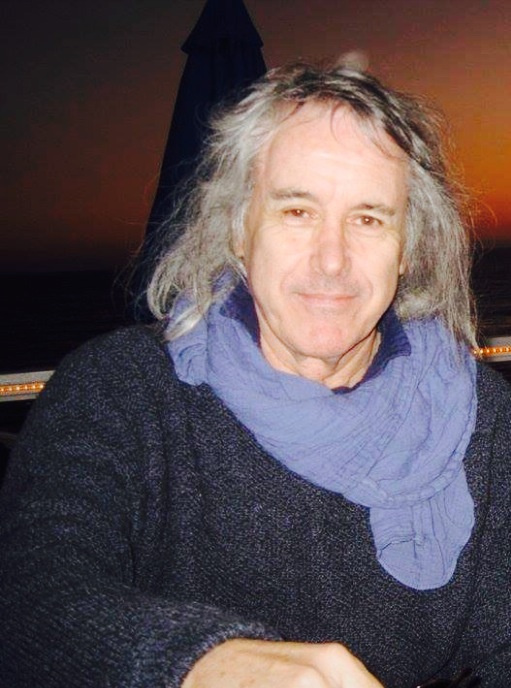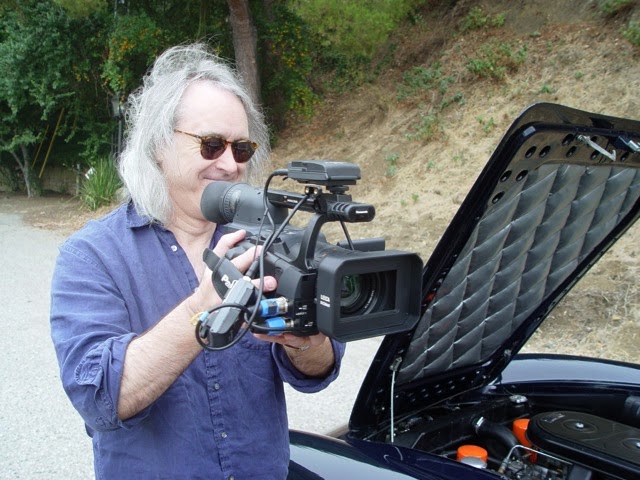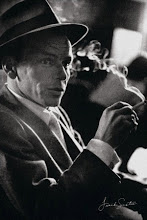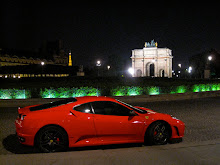“Before, he was evil and my enemy; now, he is evil and my friend.” (Alec Leamus from The Spy Who Came in From the Cold)
Relationships and the ability to form immediate and lasting bonds with people are, for me, the sine qua non of filmmaking. It explains why so many have volunteered so much to the making of Dead Right and I am not speaking only of the cast and crew but of the people with whom we came into contact during the production who offered help and assistance.
Without ever having to ask, we would suddenly find ourselves being offered all sorts of help. Would you like to shoot a scene in the cafe? Yes, we would. Want to know where there is an abandoned pig farm that would make an interesting location? Yes, we would. Had we asked, they might have viewed us askance. By not asking, they came forward offering hospitality.
One of the memorable people we met out in the desert where I commonly filmed was a fellow named Pat. He told us he owned race horses. During a meal at the Pearblossom Cafe, we listened to his stories about his horses and how he took care of them. He was a nice fellow and conversed easily with our group of desert outsiders. After lunch, Pat asked if we would like to drive up to his place, see his horses and, if we cared to, shoot some scenes on his property. How could we say no? Whatever we were expecting to see as we reached Pat's property, it wasn't what we found. The horses--maybe six or seven of them--were there in corrals and they looked to be healthy and of good stock to my untrained eye. What came as a surprise was seeing how Pat lived.
His abode was a ramshackle collection of plywood, plastic, drywall and canvas tarps all of which formed a dwelling that rambled across the side of the mountain. Pat lived without electricity or any other form of modern convenience save for a butane stove on which he prepared his meals. In the harsh desert climate of intense heat and freezing cold, Pat lived without air conditioning or a heater. The structure he had tacked together had no insulation that I could see as Pat took me on a tour of his house proudly showing me the innovative details of his construction.
“The
American grizzly embodies the spirit of America. He should be our
symbol! Not that ridiculous eagle--he's nothing more than a dandified
vulture.” (Theodore Roosevelt from The Wind and the Lion)
We went outside and shot some dialogue with the actors and managed to complete the scenes I wanted before the sun fell below the mountain ridge and the temperature dropped precipitously. As we were preparing to leave, I reflected on the fact that this man who lived in the most unimaginable circumstances yet was able to feed and care for his horses had graciously offered us his hospitality out of kindness and a wish to be, if only for a moment, a part of what we were doing. As I said goodbye and shook his hand, I slipped Pat some cash which he wasn't going to accept. “It’s a location fee, Pat. It's in the budget,” I told him. “I’ll spend it on the horses,” he replied. We took our leave of him and, though I never saw him again,
I'll never forget him.
Excerpted from How to Shoot a Feature Film in 15 Days (And Survive to See Profits).

























































No comments:
Post a Comment